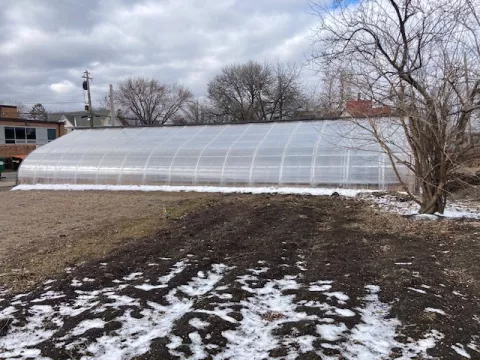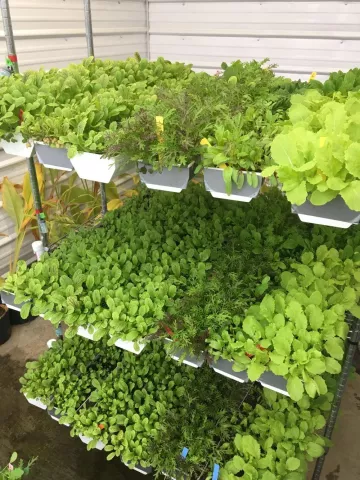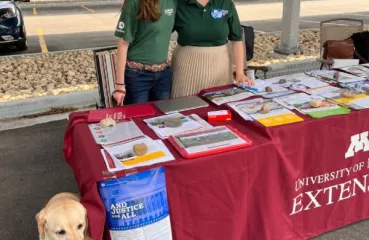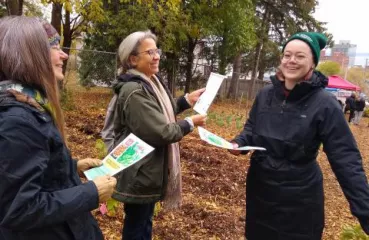One of the biggest challenges harsh Minnesota winters provide is the perseverance of crop production. With this issue in mind, Lake City Catholic Worker Farms teamed up with the University of Minnesota in 2018 to build an early design of a deep winter greenhouse. As opposed to a standard greenhouse that relies on outside heating sources, these structures are designed to maintain steady and warm temperatures throughout the winter in Minnesota. This amounts to growers being able to more reliably yield vegetation in the winter months.
is the perseverance of crop production. With this issue in mind, Lake City Catholic Worker Farms teamed up with the University of Minnesota in 2018 to build an early design of a deep winter greenhouse. As opposed to a standard greenhouse that relies on outside heating sources, these structures are designed to maintain steady and warm temperatures throughout the winter in Minnesota. This amounts to growers being able to more reliably yield vegetation in the winter months.
The University of Minnesota Extension Regional Sustainable Development Partnerships (RDSP) is currently working with farmers across the state to implement an updated design of deep winter greenhouses. These greenhouses are larger and cheaper than the one built at Lake City, offering more growing space and less financial strain for farmers across the state.
Lake City Catholic Worker Farms is a farming group that believes in sharing local food, practicing sustainable farming, and involving local community members from Lake City and beyond.
Check out what Paul Fried of Lake City Catholic Worker Farms had to say about the project:

 Sustainable Agriculture and Food Systems says the goal of the deep winter greenhouse program is “to develop a technology that is affordable for farmers to adopt and will allow them to profitably grow crops for market all winter long.”
Sustainable Agriculture and Food Systems says the goal of the deep winter greenhouse program is “to develop a technology that is affordable for farmers to adopt and will allow them to profitably grow crops for market all winter long.” 


